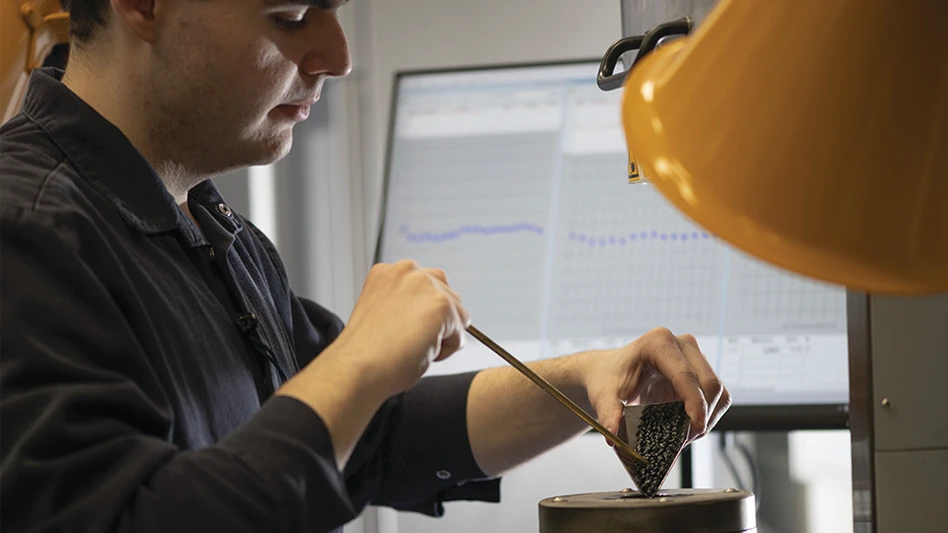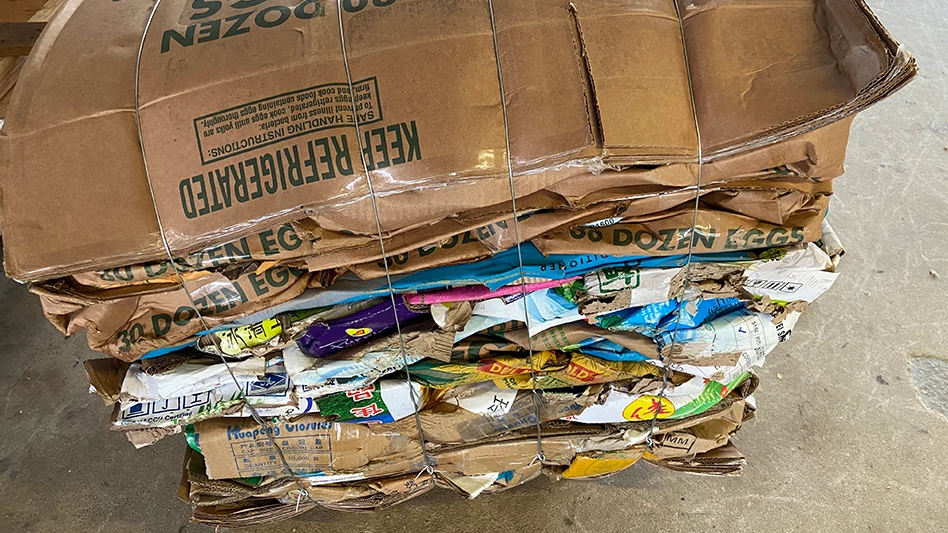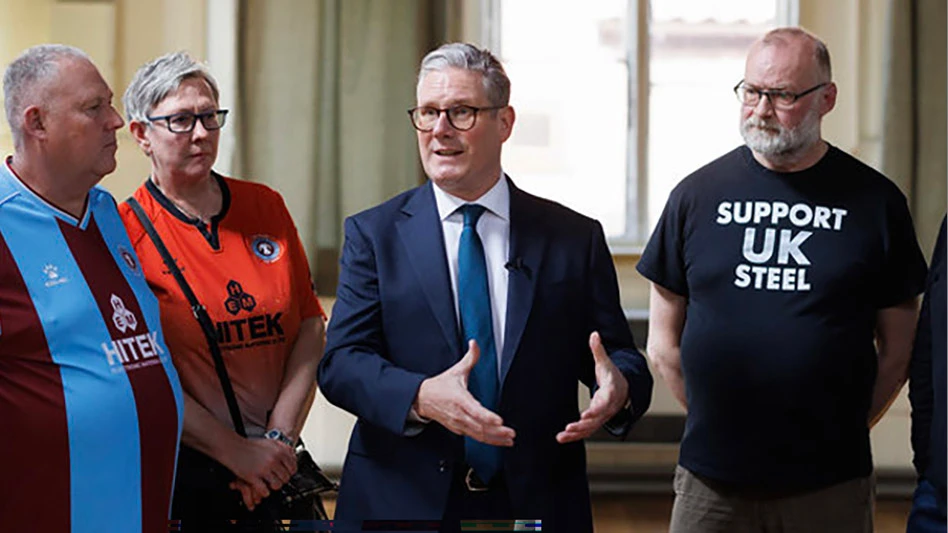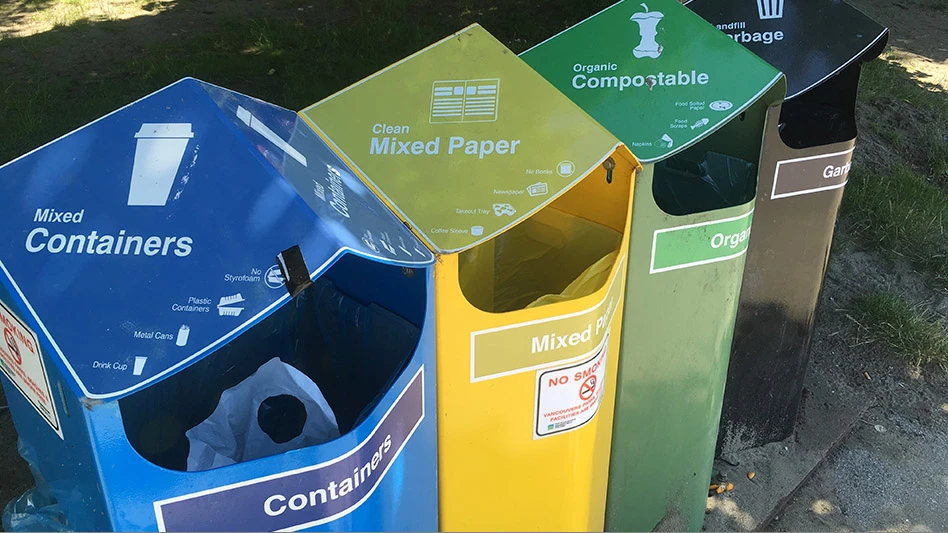Charlie Schwarze is senior director of sustainability for Keurig Dr Pepper (KDP), a company that he’s been with for the last four years. He’s also board chair of the Circular Action Alliance (CAA), a 501(c)(3) nonprofit producer responsibility organization (PRO) that is led by 20 companies from the food, beverage, consumer goods and retail industries, including KDP, that has been approved to implement extended producer responsibility (EPR) laws for paper and packaging in California and Colorado.
Before KDP, Schwarze worked with Amcor, The Recycling Partnership (TRP) and Unifi. “I’ve been lucky enough to get experience at several steps of the packaging and recovery supply chain, and the biggest change I’ve seen is the plastic value chain’s embrace of well-designed policy—including EPR—as a needed step to deliver on true packaging sustainability,” he says.
As CAA board chair, Schwarze guides the organization in its commitment to deliver harmonized, best-in-class compliance services to producers, scale recovery of materials and fund systems that enable recycling.
Schwarze shares what good EPR policy looks like and more in this interview.
Q. What does good EPR policy look like to you? How can it improve plastics recycling in particular?
A: The most impactful way to transform the recycling system in the U.S. is through well-designed collection and recycling policy—and well-designed EPR for packaging is a great example of how that can be done effectively.
Ideally, we would like to see a national EPR program in the U.S. as it would help streamline the state-specific approaches that hinder compliance, confuse consumers and potentially raise costs. In my view, a well-designed EPR program should generate strong environmental outcomes in an efficient and accountable manner, provide convenient services to consumers and move closer to a financially and operationally sustainable circular economy.
In the absence of a national policy, it makes sense to have a single, nonprofit PRO to support consistent implementation at the state level. Our approach at CAA is to establish clear, transparent practices that help producers navigate the various state-level obligations. Ultimately, our goal is to enhance collection systems in order to generate high-quality recycled materials so producers can use that recycled content in new products and packaging.
Q: What role can cross-industry collaborations play in advancing plastics recycling? How is KDP working to facilitate these types of collaborations?
A: At KDP and CAA we believe in the power of partnerships. No one entity can tackle the issue of recycling alone, including navigating the increasing expectations from stakeholders amidst a patchwork of state regulations. PROs can play a pivotal role in bridging this gap—everyone in the packaging value chain has a role to play in building a circular economy.
Q: How is KDP supporting end markets to drive demand for recycled content?
A: Corporate commitments are essential to driving demand for recycled content so that material recovery facilities (MRFs) have an economic incentive to invest in facility upgrades for acceptance of more plastics. Driving demand is a big factor for KDP to set public goals to achieve 25 percent postconsumer recycled content in our plastic packaging portfolio and to achieve a 20 percent virgin plastic reduction across our plastic packaging. This has driven the transition of packaging for brands like Core Hydration, Bai and Snapple into bottles that use 100 percent recycled plastic.
As I mentioned, partnerships are also key to accelerating progress. Through our work with The Recycling Partnership’s Polypropylene Recycling Coalition, we’ve funded recycling facilities to sort polypropylene more successfully, which stimulates end markets by increasing the supply of recycled polypropylene. The coalition has already improved recycling for nearly 11 percent of U.S. households, which means 34.2 million people in over 600 communities now have a new or expanded ability to recycle polypropylene as part of their recycling programs, resulting in an estimated 42 million new pounds of this plastic recovered annually.
Q: How is KDP advocating to accelerate the development of a circular economy for packaging materials?
A: We advocate at all levels of government to support policy solutions focused on efficient and equitable ways to increase material recovery while reducing the economic and environmental costs of recycling. This includes support of a national EPR program but also extends to enhancing consumer education and supporting policies that encourage innovation, design for recyclability standards and research into packaging alternatives.
Q: What misperceptions about plastics recycling generally do you wish you could debunk? What is the most effective way the industry can debunk these myths?
A: I think blanket statements about what the recycling system is or isn’t and what is or isn’t possible are frustrating and damaging to efforts to build a better system. We’ve all seen the headlines that recycling “doesn’t work” or that it “isn’t worth the investment.” This is damaging because not only is it not true, but it can reduce peoples’ willingness to participate in recycling, which is ultimately one of the keys to increasing recovery rates. Ultimately this trust issue is one that can only be solved through consistent and sustained communication about what residents can recycle in their programs, and this goes back to why harmonized EPR is critical.
Q: What lessons have you learned about the industry that have helped you throughout the years?
A: The one thing that continues to amaze me is how talented and passionate the people are who work in the packaging value chain, and how innovative this industry can be when faced with sustainability challenges. We will continue to face hurdles on circularity, climate and resource usage, and it gives me confidence knowing that the talent is poised to solve any challenge.
Q: Where do you see upcoming opportunities for plastics recycling? What about challenges?
A: Packaging innovation has consistently outpaced the plastic recycling industry’s ability to handle new materials. Designers have the opportunity to innovate materials that meet evolving consumer needs but also work with recycling systems, and innovators have the opportunity to develop new recovery systems to separate and process new materials into valuable feedstocks.
Q: What role will innovation play in addressing hard-to-recycle plastics? What form is this innovation most likely to take?
A: Continued innovation is critical. Sustainable design requires the designer to have a solid grounding in how the entire circular system works. By rooting design in a circular approach, producers can help ensure the plastics we use are recyclable or compostable while simultaneously scaling reuse and refillable delivery models that meet consumer needs. Equally important will be financing and supporting the recovery infrastructure and end markets to make those materials circular.
For example, at KDP, we are continually innovating our packaging designs and processes to reduce the amount of material used, incorporate more postconsumer recycled content and redesign packaging for recycling. This is what spurred our latest innovation—a reimagining of the single-serve coffee model with plastic-free pods. The new system will begin beta testing later this year, but we are excited to see what we learn as we work toward our broader sustainability goal of designing 100 percent of packaging to be recyclable or compostable by 2025.
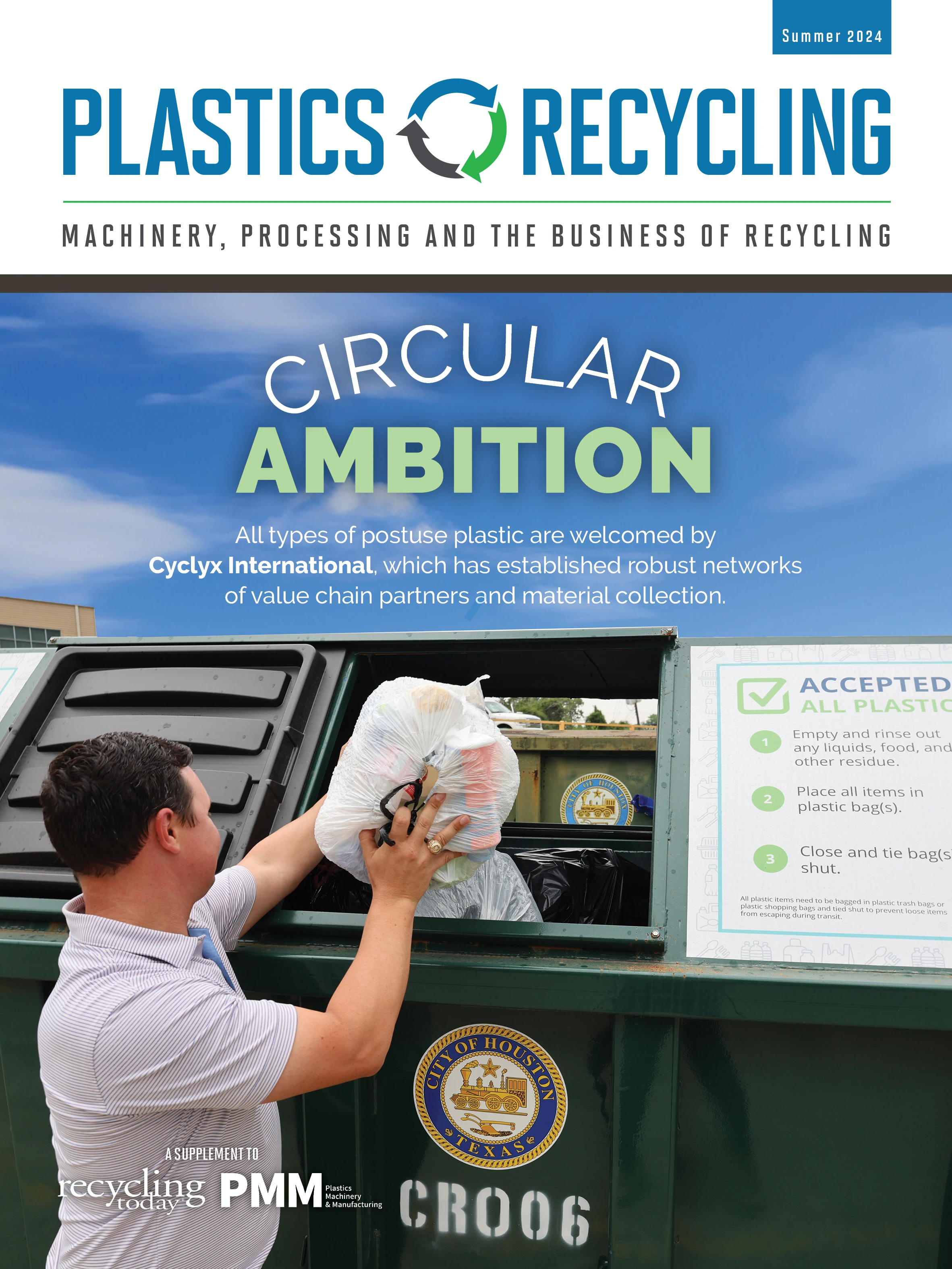
Explore the Summer 2024 Plastics Recycling Issue
Check out more from this issue and find your next story to read.
Latest from Recycling Today
- Commentary: How EPR is transforming the packaging industry
- Acerinox names new North American Stainless CEO
- Greenwave closes 2024 books with red ink
- Steel Dynamics nets $217M on record shipments
- Massive Chinese steelmaking rebound recorded in March
- LME looks into sustainable metal pricing
- OnePlanet Solar Recycling closes $7M seed financing round
- AMCS launches AMCS Platform Spring 2025 update

